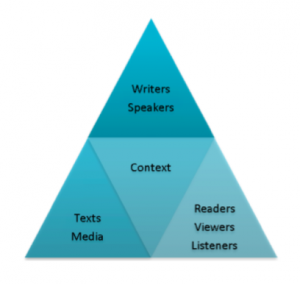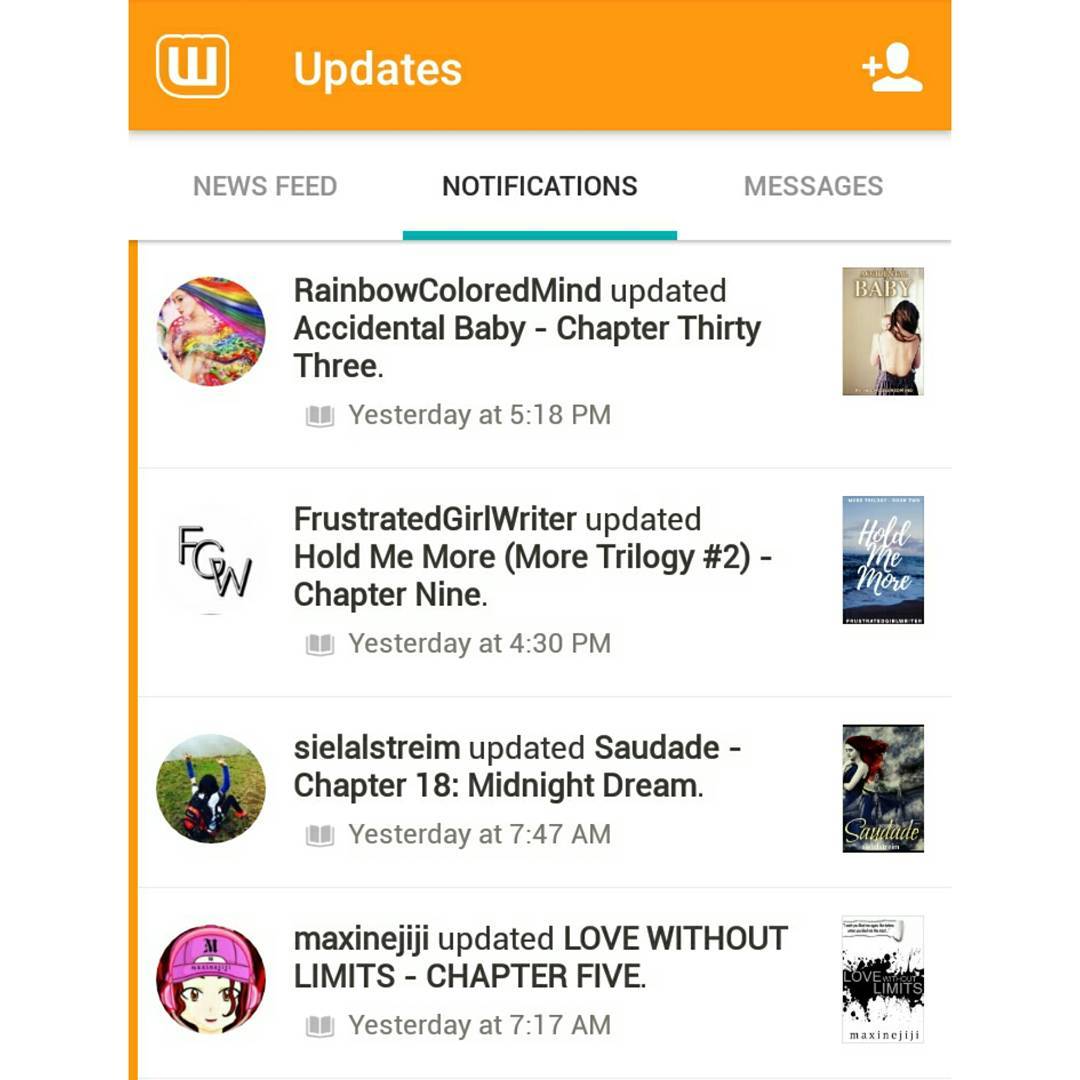My genre is user-generated teen fiction. User-generated teen fiction refers to serialized stories published online for and by young adults and teens. Authors (used here to refer to any individual who posts his or her work online for other individuals to read) post single chapters at a time, creating a following readership that waits for updates. Interactive features of such stories include the ability of readers to vote on chapters and post in-line comments on specific paragraphs, lines, or words of the text, as well as the ability of the author to include bonus media like book trailer videos, songs corresponding with written chapters, pictures of the characters, and even requests for content suggestions. These interactive features help to foster a community between young adult writers and readers, offering feedback and support to beginning authors.
My most interesting finding so far is that serialized updates (such as those inherent in user-generated fiction) could be a way to counter modern rapid reading tendencies, such as browsing, surfing, and navigating. In an interview, Yael Goldstein Love, the co-founder and editorial director of Plympton Publishing, revealed that what stops most people from reading more books is a lack of time, and not knowing what to read next. She claims, “Serialization helps with both. If you feel like you don’t have a lot of time to spare you don’t want to pick up a 300 page novel. But who doesn’t have half an hour to spare here and there for a serial installment? It’s a great way to ease people into reading longer works” (Bunting). Together, serialized updates, multimedia elements, and mobile availability have allowed user-generated teen fiction to contend with such decreasing attention spans.
My biggest challenge is finding sources directly relating to my genre, mostly because it’s so new and because it’s based on a mashup of other ancestral genres (such as blogs, fan fiction, and serialized fiction). However, branching out my search parameters, I’ve been able to find a good number of sources that relate to the formal features of my genre, or that speak to some of its ancestral genres. So far these sources seem to be piecing together nicely and in interesting ways. I’m seeing some connections I’d never expected.

My genre has a lot of shifting author/reader roles, with much of the audience for the genre made up of fellow writers. As such, I was very interested in Lunsford and Ede’s rhetorical triangle—“the set of relationships among text, author, and audience out of which meaning grows” (8). It was very interesting to see this in action within my genre, where reader comments can directly influence the content of a text through in-line comments and revision suggestions (Herman).
Word Count: 450
Works Cited:
Bunting, Joe. “Why You Should Write Serialized Novels: Interview With Plympton Publishing.” The Write Practice, 19 Mar. 2013, thewritepractice.com/serial-novels/.
Herman, Barbara. “What Is Wattpad? The ‘YouTube For Stories’ Is Transforming Book Publishing.” International Business Times, 23 Oct. 2014, www.ibtimes.com/what-wattpad-youtube-stories-transforming-book-publishing-1710151.
Lunsford , Andrea, and Lisa Ede. ““Among the Audience”: On Audience in an Age of New Literacies.” pp. 1–38., drive.google.com/file/d/1fqlCp3Rl_l3f7B8-I-MBNqxqtjIgxHZU/view.
